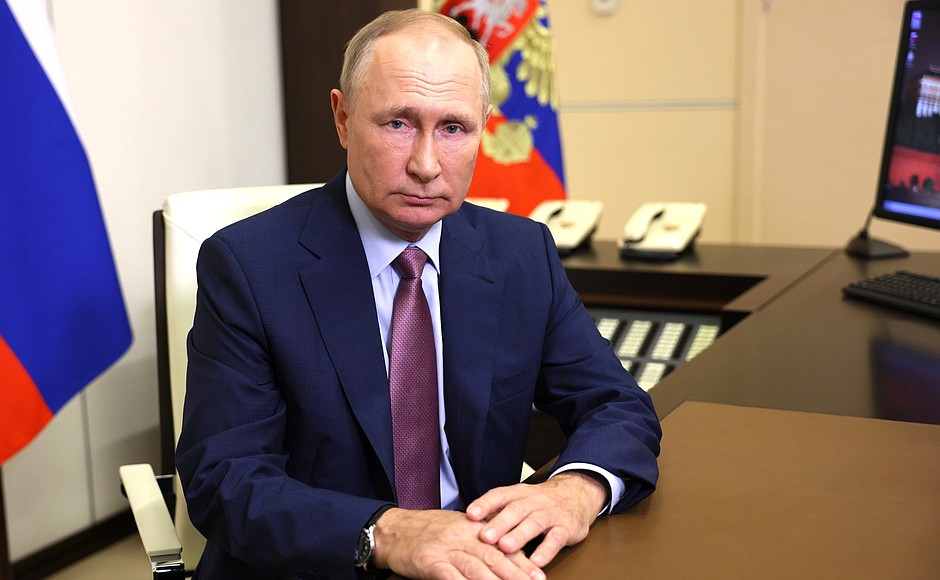
President of Russia Vladimir Putin: Ladies and gentlemen, friends,
I welcome the participants and guests of the Second International Tiger Conservation Forum.
Your meeting is taking place in Vladivostok – the capital of Primorye, which is one of the main habitats of the Amur tiger, as well as a region famous for its hospitality and longstanding traditions of environmental protection, with many generations of dedicated wildlife protectors.
I am sure that such an atmosphere will encourage a fruitful professional dialogue between experts, ecologists, scientists from different countries, which will benefit the entire tiger family.
A new meeting of representatives of the tiger range states was planned 12 years ago in St Petersburg, at the first ever event called ‘tiger summit.’ We are pleased that many of the goals we set then have been achieved. The total number of these exceptionally beautiful predators has grown by 40 percent globally since 2010.
At the same time, despite all efforts, the tiger has disappeared in a number of countries since that summit. In some countries, its survival is still in jeopardy.
In this regard, strengthening international cooperation and exchanging experience with those who have succeeded in the conservation of the tiger is of particular importance.
I am pleased to praise the achievements of our colleagues from India, Nepal, Bhutan, and China, where the tiger populations are growing steadily.
We in Russia also have something to be proud of. Twelve years ago, there were no more than 390 adult Amur tigers in our Far Eastern taiga. Now there are about 750 of them, including cubs. This is the result of systematic measures implemented at the state level, but above all, a tangible result of the coordinated, hard work of Russian scientists, enthusiasts, and environmental organisations.
Large specially protected natural areas have been established in the range of this rare predator, which was largely due to the dedicated work of the Amur Tiger Centre. The relevant specialists and services have received all the necessary tools, the most cutting-edge equipment.
A dedicated effort to harmonise the relationship between the tiger and humans also played a positive role. Penalties for poaching and illegal business involving tigers have been toughened, and a system of rehabilitation and reintroduction of these animals has been created.
Thanks to the tiger cub population, which has recovered and is trained to live in the wild, the population is restoring in two Russian regions, the Jewish Autonomous Region, and the Amur Territory, where the tiger used to be found but then disappeared.
It is gratifying that our Kazakhstani partners have found our experience useful for their programme to return the tiger to Central Asia. Russian experts share the confidence of our colleagues that the first tigers may appear there as early as 2025.
This initiative is extremely important. The tiger needs large areas. According to experts, the protection and expansion of its habitats is one of our main objectives, and it is a bigger project than just protecting the tiger. It involves improving entire ecosystems that are home to both animals and humans.
Now only a fifth of the world's tiger range is under special protection. And I would very much like all subspecies of the tiger family to be taken care of as much as our beautiful Amur tiger.
To ensure its reliable future, we need to solve just a few specific and substantive problems, including establishing additional protected areas in a number of tiger reserves. And it will definitely be done.
I would like to thank everyone who is dedicated to the protection of wildlife. Your achievements are very important, because humanity is still learning to live in harmony with nature, and to use its riches prudently.
I wish the participants of the Second Tiger Forum success. I hope that you have a rewarding time in Russia, surrounded by like-minded people, that you receive great impressions, gain new knowledge, and make new friends.
I wish you all the best.